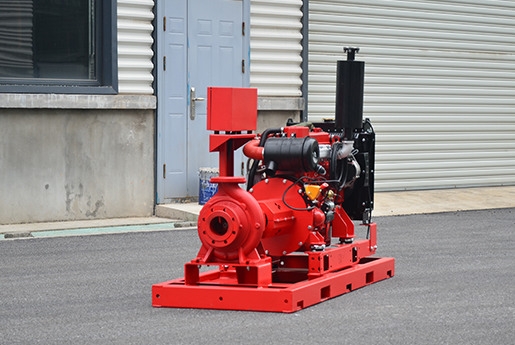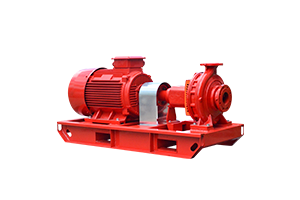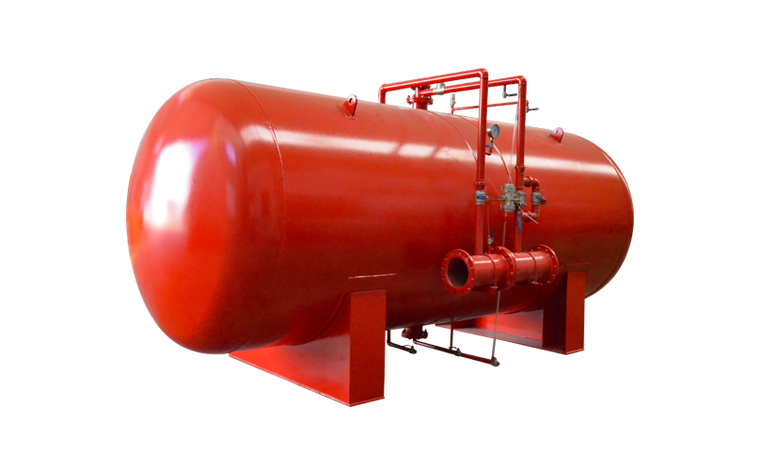-
 Sep 02, 2024How do fire pumps and jockey pumps enhance the fire safety of high-occupancy residential buildings?Fire pumps and jockey pumps play crucial roles in enhancing fire safety in high-occupancy residential buildings by ensuring reliable and adequate water supply to the fire protection systems, particularly the sprinkler and standpipe systems. Here's how they contribute:
Sep 02, 2024How do fire pumps and jockey pumps enhance the fire safety of high-occupancy residential buildings?Fire pumps and jockey pumps play crucial roles in enhancing fire safety in high-occupancy residential buildings by ensuring reliable and adequate water supply to the fire protection systems, particularly the sprinkler and standpipe systems. Here's how they contribute:
View details -
 Aug 30, 2024What are the key differences between diesel and electric fire pumps?The key differences between diesel and electric fire pumps primarily relate to their power sources, installation requirements, operational characteristics, and maintenance needs. Here’s a detailed comparison of the two types of fire pumps:
Aug 30, 2024What are the key differences between diesel and electric fire pumps?The key differences between diesel and electric fire pumps primarily relate to their power sources, installation requirements, operational characteristics, and maintenance needs. Here’s a detailed comparison of the two types of fire pumps:
View details -
 Aug 30, 2024How do fire pumps and jockey pumps contribute to the redundancy of fire protection systems?Fire pumps and jockey pumps play crucial roles in ensuring the reliability and redundancy of fire protection systems. Here's how they contribute:
Aug 30, 2024How do fire pumps and jockey pumps contribute to the redundancy of fire protection systems?Fire pumps and jockey pumps play crucial roles in ensuring the reliability and redundancy of fire protection systems. Here's how they contribute:
View details -
 Aug 29, 2024What are the key considerations for fire pump installation in hazardous locations?Installing fire pumps in hazardous locations requires careful consideration of safety, compliance, and operational requirements. Here are some key considerations:
Aug 29, 2024What are the key considerations for fire pump installation in hazardous locations?Installing fire pumps in hazardous locations requires careful consideration of safety, compliance, and operational requirements. Here are some key considerations:
View details -
 Aug 29, 2024How are fire pumps tested and maintained to ensure reliability?Fire pumps are critical components of a fire protection system, and their testing and maintenance are essential to ensure they operate reliably in an emergency. Here’s how fire pumps are typically tested and maintained:
Aug 29, 2024How are fire pumps tested and maintained to ensure reliability?Fire pumps are critical components of a fire protection system, and their testing and maintenance are essential to ensure they operate reliably in an emergency. Here’s how fire pumps are typically tested and maintained:
View details -
 Aug 28, 2024How do fire pumps contribute to the resilience of water supply systems in urban areas?Fire pumps play a crucial role in enhancing the resilience of water supply systems in urban areas, primarily by ensuring a reliable and adequate supply of water for firefighting purposes. Here's how they contribute to the overall resilience:
Aug 28, 2024How do fire pumps contribute to the resilience of water supply systems in urban areas?Fire pumps play a crucial role in enhancing the resilience of water supply systems in urban areas, primarily by ensuring a reliable and adequate supply of water for firefighting purposes. Here's how they contribute to the overall resilience:
View details

.png)
.png)

.png)


